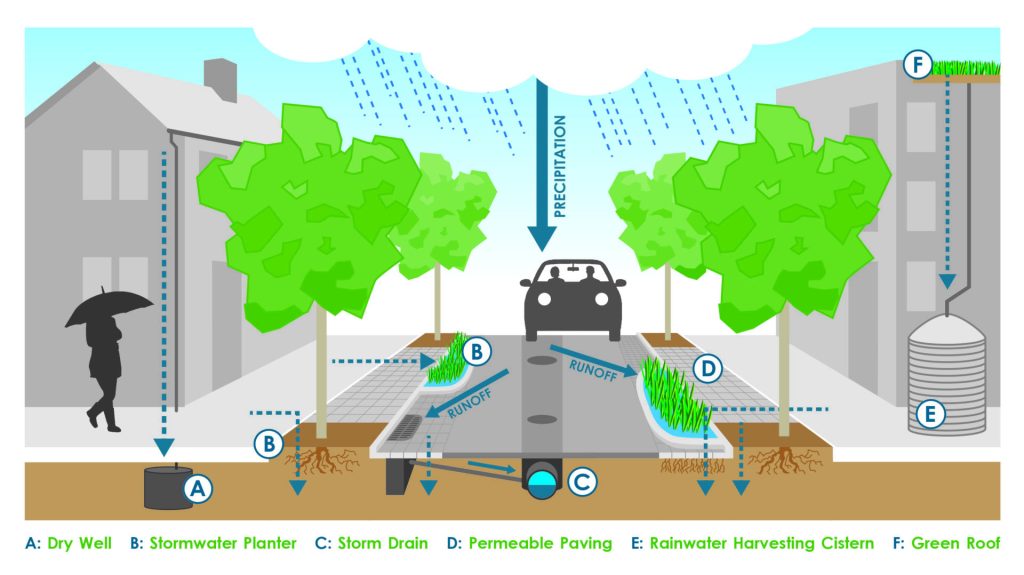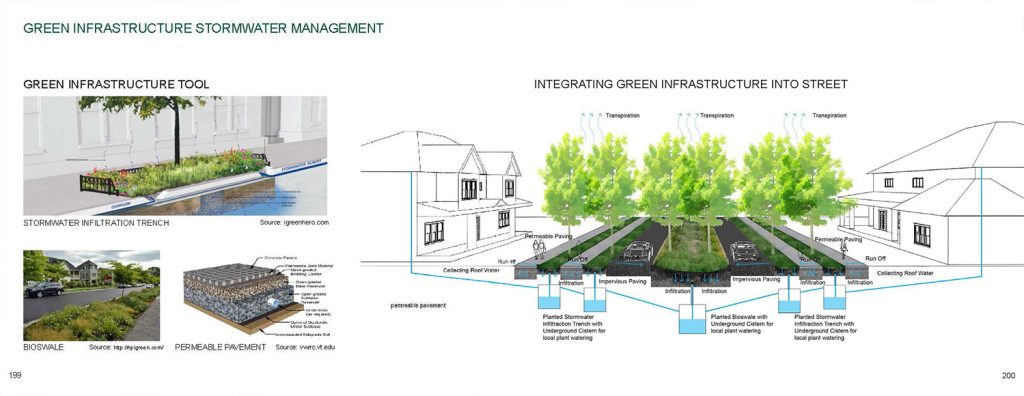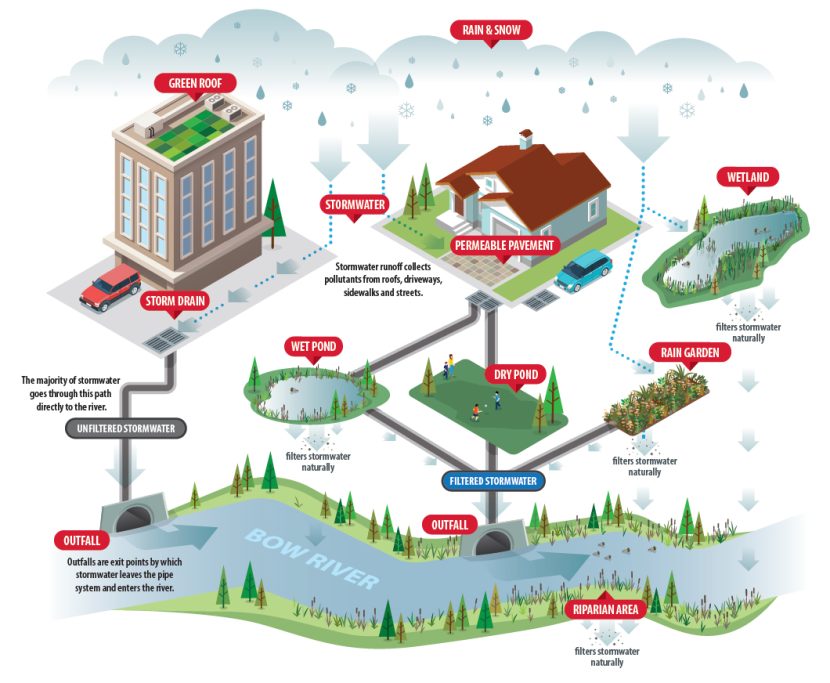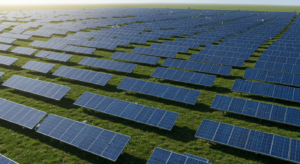Urban areas across the globe face challenges with stormwater management, often leading to pollution, erosion, and overflow problems. Traditional gray infrastructure is often ill-equipped to handle these issues, but a greener solution is on the rise. Green infrastructure practices are revolutionizing stormwater management, offering a path to turn stormwater runoff into a valuable resource.

Green Infrastructure in Stormwater Management
1. Green Roofs: An Urban Oasis
- What is a Green Roof? A green roof is a roof covered with vegetation. It provides benefits like reducing stormwater runoff, improving air quality, and mitigating the urban heat island effect. Green roofs also offer aesthetic and economic benefits by increasing property values.
- Collecting and Utilizing Stormwater: Green roofs collect stormwater and allow water to be used, reducing the pressure on the combined sewer system.
2. Permeable Pavements: Paving the Way for Innovation
- Permeable Pavement Systems: Unlike traditional impervious surfaces, permeable pavement systems let rainwater pass through, infiltrating stormwater into the soil. This helps recharge groundwater, reduce stormwater runoff, and minimize erosion and pollution.
3. Rain Gardens and Green Spaces: Nature’s Drain System
- Rain Garden Benefits: Rain gardens and green spaces provide habitat, soak up water, and remove pollutants from stormwater. They’re essential in urban stormwater management, also improving water quality and air quality.
- Green Stormwater Infrastructure: Including green streets and stormwater wetlands, these practices focus on green infrastructure to manage rainfall and enhance the urban ecosystem.

Benefits of Green Infrastructure in Stormwater Management
- Improved Water Quality: Green infrastructure reduces pollutants and improves water quality in rivers and streams.
- Environmental Protection: Green infrastructure complements traditional stormwater management systems, promoting environmental benefits.
- Human Health Benefits: By improving air and water quality, green infrastructure also improves human health and well-being.
- Economic Advantages: The value of green infrastructure goes beyond environmental features. Its economic benefits include savings on municipal water and stormwater infrastructure costs.
Case Studies
1. Philadelphia’s Green Revolution
- Implementation of green roofs, permeable pavement systems, and rain gardens, effectively managing stormwater and reducing combined sewer overflows.
2. Seattle’s Urban Water Reimagined
- Utilizing green infrastructure like stormwater infiltration, urban residents experience improved water quality and reduced stormwater pollution.
Conclusion
The importance of green infrastructure in stormwater management cannot be overstated. From managing stormwater runoff from impervious surfaces to treating stormwater through natural systems, green infrastructure offers a multifaceted approach. Green infrastructure is often a preferred solution for modern urban areas, effectively allowing them to manage stormwater, improve water supply, and promote a sustainable urban environment.
By focusing on green infrastructure and incorporating various types of green infrastructure such as rainwater harvesting and green infrastructure plans, cities can transform stormwater from a problem into an opportunity. Untreated stormwater no longer has to impact water systems; instead, innovative green infrastructure can turn raindrops into rivulets, flowing towards a future of economic and environmental prosperity.




